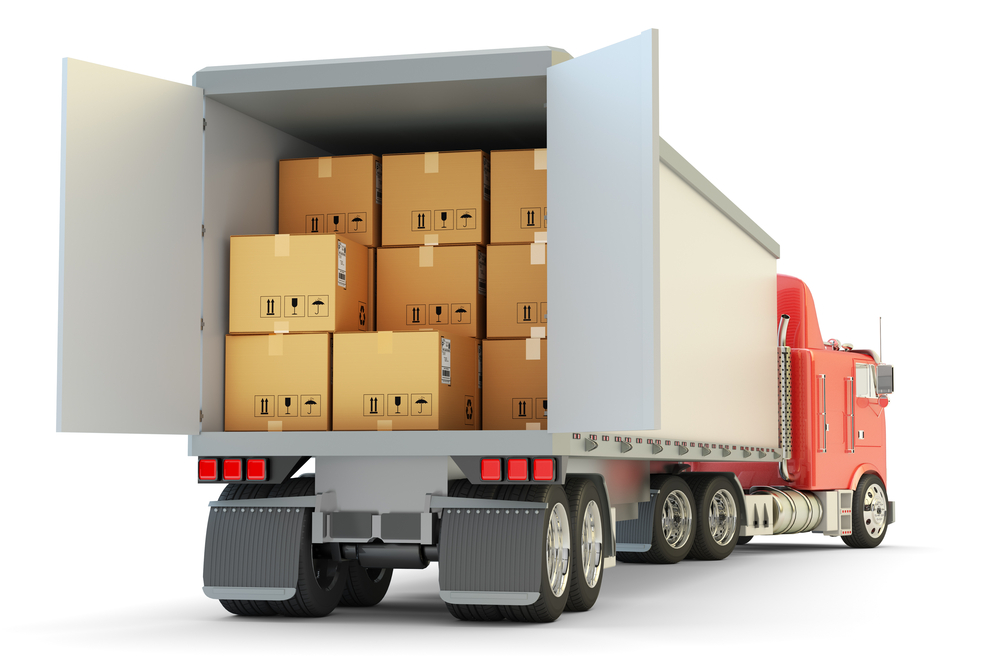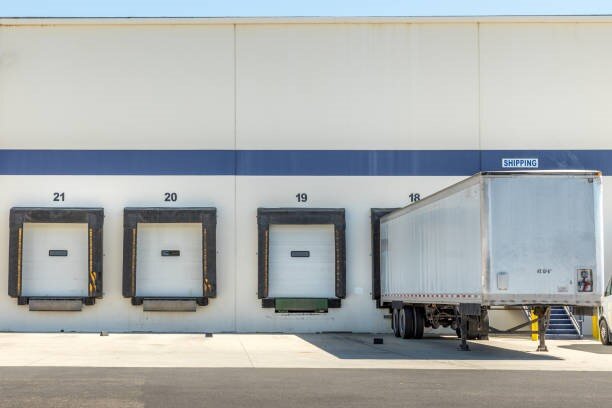Will the Impending LTL Freight Class Changes Impact Your Company?
Changes to the NMFC are important to understand so your company doesn't make costly LTL classification mistakes.
New changes to the National Motor Freight Classifications (NMFC) went into effect on December 19, 2020. They alter the way companies using LTL shipping must classify certain freight and how shipping prices are calculated on them.
These changes include tweaks to the NMFC that take place multiple times per year, but you'll still want to be aware of them to make sure you don't overpay on your shipments. Improper classification can also lead to penalties issued by your vendors.
A few items will move into new NMFC groups and use different methods of determining their cost. Depending on the product, this alteration could make them more or less expensive for you to transport.
Here's a quick overview of how National Motor Freight Classifications changed in December.
Key takeaways
-
Freight class changes took effect on December 19, 2020
-
These alterations occur multiple times per year
-
Staying up to date on new freight classifications is vital
-
This year’s changes impact electronics, consumer appliances, automotive parts, and more
The purpose of NMFC
When dealing with LTL freight shipping, every item you put on a truck has a code associated with it. This code provides your carrier with information on what's in the box to ensure it receives proper care during delivery.
Four characteristics determine an item's classification: density, handling, liability, and stowability.
Density, as you might expect, is based on the freight's dimensions and weight. The denser the item, the lower its NMFC class and the cheaper it is to ship. That's because, despite a dense package potentially weighing a lot, it takes up less space per unit of weight than a less dense item. The result is more room on the truck for other goods because you’re taking up less space.
However, more dense items are also more challenging to handle, particularly if they weigh a lot. As a result, there could be an additional surcharge if your freight is extremely heavy, despite it coming in a small package. There are often extra fees for fragile packages that require significant care, too.
Liability covers how likely an item is to be damaged during transport or if it has the potential to damage other freight on the truck. There's also added liability for expensive items (which could be susceptible to theft) and perishable items. The more elevated the risk of shipping an item, the higher the freight class and the more you can expect to pay.
Finally, your shipment's stowability comes into play when determining its NMFC code. Items with an unusual shape or that are oversized generally end up with a higher classification and, therefore, additional costs. The same goes for hazardous materials that require extra care or, in some cases, a truck all to themselves.
What's changing
December marked the third time changes occurred to the NMFC in 2020. Some of the bigger changes include electronics, controllers, and switchboards moving to density-driven pricing, and toasters falling into a lower class, making them less expensive to ship.
The cost of shipping commercial and institutional coolers is now determined by the item’s greatest length in addition to the product's density. Density will also factor into the shipping costs of certain automotive parts, like air conditioners and heaters.
Previously, furniture items had different codes based on the frame's material. That's no longer the case, as everything in this class now falls into the same category with shipping costs determined by a three-tier, density-driven scale.
Other classification changes will influence rate calculations on blinds, shades, shutters, pruning shears, sealing or masking tape, toy trains, gloves, mittens, signposts, optical lenses, and certain hazardous chemicals.
Your NMFC codes
Of course, putting the right codes on your BOL is essential because it ensures you don't end up with freight re-classes and the corresponding penalties. Some carriers are more inflexible on businesses that don't present the right codes than others, but if you end up making mistakes, it could still hinder your relationship with that vendor.
The good news is that these changes aren't anything out of the ordinary, but in some cases, they may cause significant shifts in a company’s shipping costs. You'll have to take a few measurements and ensure the right codes are on your BOL. Of course, there's also a good chance that these particular changes won't affect you, in which case you can ignore them and wait for the next round.
Since shipping classification changes come multiple times annually, they're something you'll want to watch. It also helps to have assistance from a logistics advisor to confirm you aren't missing anything.
Resource Logistics Group can help ensure your shipping codes and the corresponding budgets are correct and satisfy all terms on your shipping carrier contracts. We encourage you to retain control of your logistics operations while offering expert insight and information on the process. Contact us for more information or your free benchmarking.



